Architecture doesn't have to be complicated says David Chipperfield
British architect David Chipperfield describes his approach to designing The Bryant, his first New York residential tower, in a new video about the project (+ movie).
The three-minute film shows footage of Chipperfield's studio and renderings of the new tower, which is rising on a site across from Bryant Park in midtown Manhattan. Images of the 34-storey building were revealed by Dezeen last year.
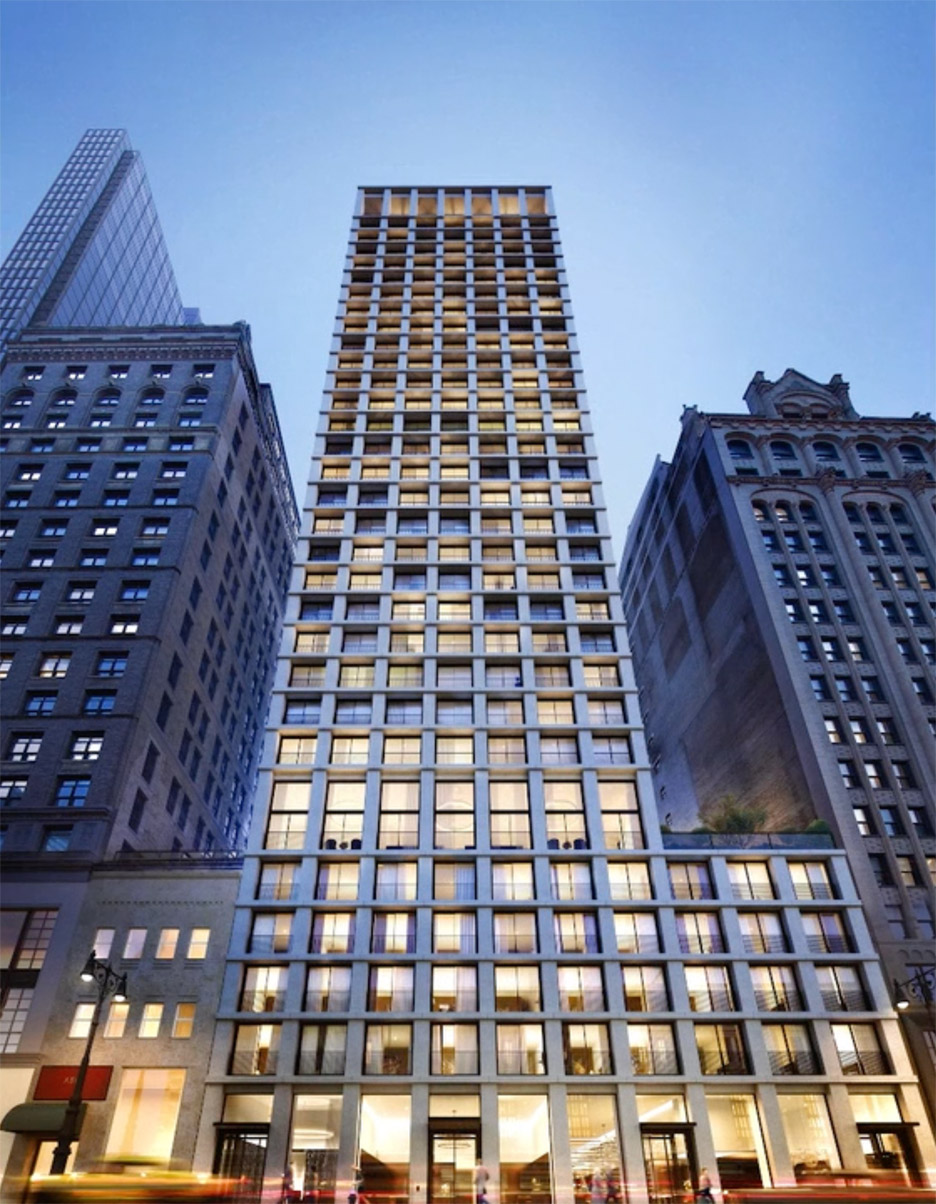
The rectilinear tower will have a grid-like facade clad in precast concrete terrazzo panels, speckled with marble and sandstone chips. The building's structural frame will also be made of concrete.
"In all of our work we try to find a way by which buildings have a strong physical presence," said Chipperfield in the video. "In the case of The Bryant, we've used facade elements of terrazzo."
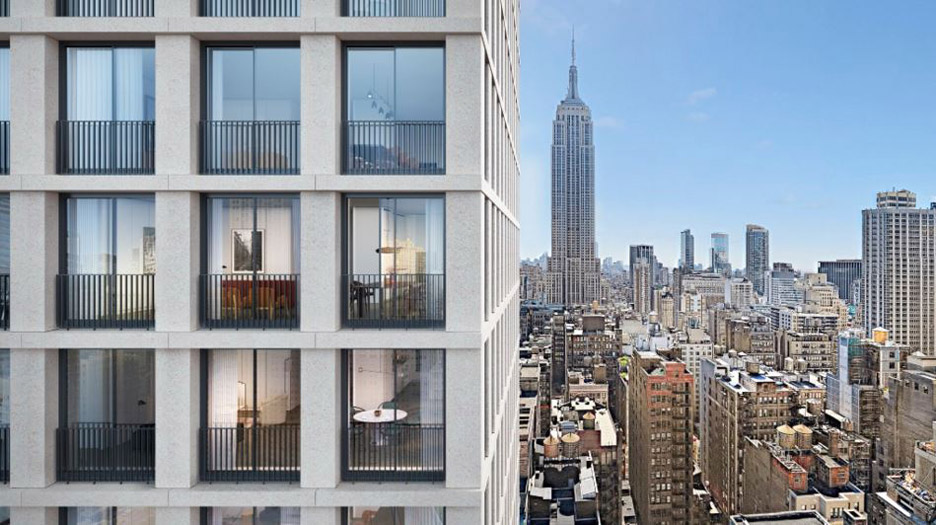
"The nice thing about precast concrete, and terrazzo, is that they are visible constructed elements," he said.
"The idea that the structure and the facade are the same thing, made out of this polished concrete, I think will give the building a sort of tectonic and physical presence."
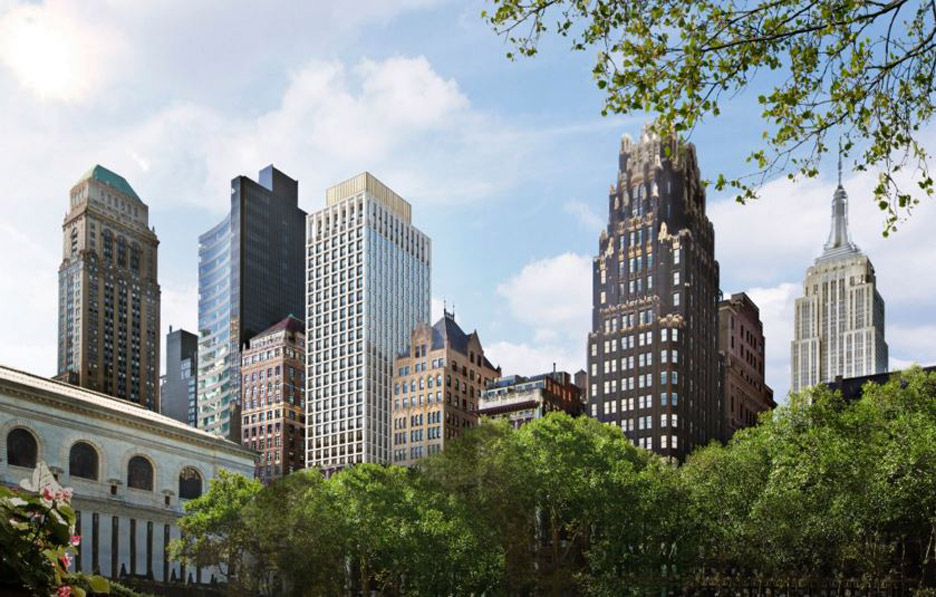
"Somehow you've reduced the building down to elements of columns and windows, of solid and void, of mass and space," he added.
Chipperfield described the elements of architecture as "incredibly simple and very primary".
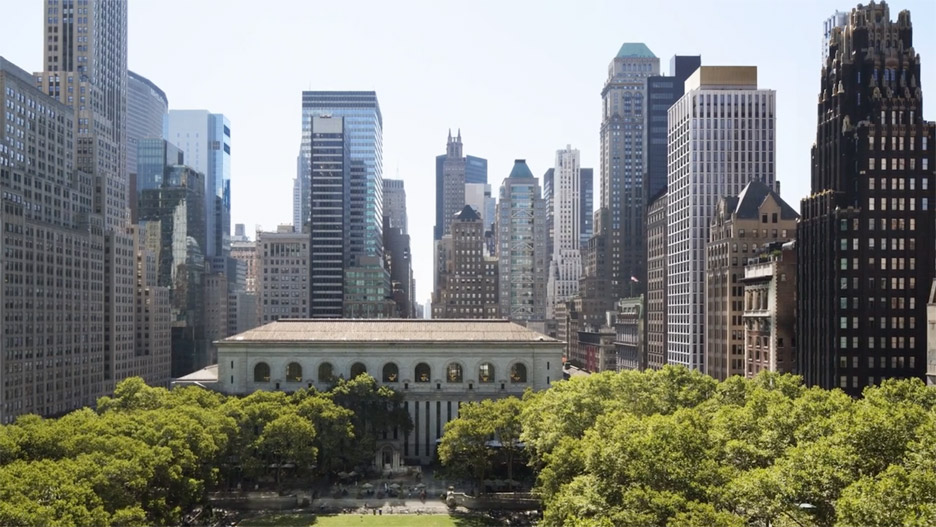
"I think you can make architecture out of very simple things," he said. "You don't have to be complicated. The difference between a good building and a bad building normally resides in being more thought about."
The 62-year-old architect said his early experience designing small-scale projects has influenced his work on larger projects in more recent years.
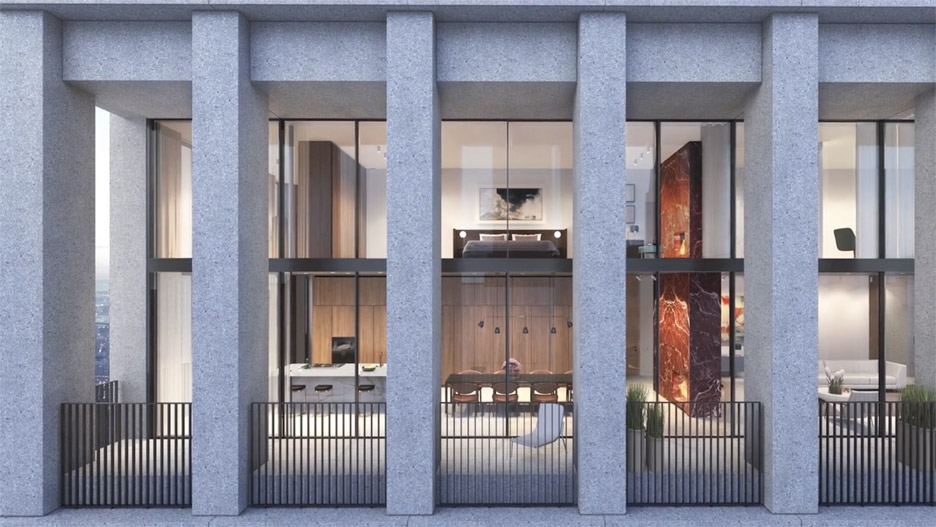
His portfolio includes the Museo Jumex in Mexico City, a gallery building at the Saint Louis Museum of Art, and a nine-building complex in Barcelona called the Ciutat de la Justícia.
Founded in 1985, his eponymous firm has offices in London, Berlin, Milan and Shanghai.
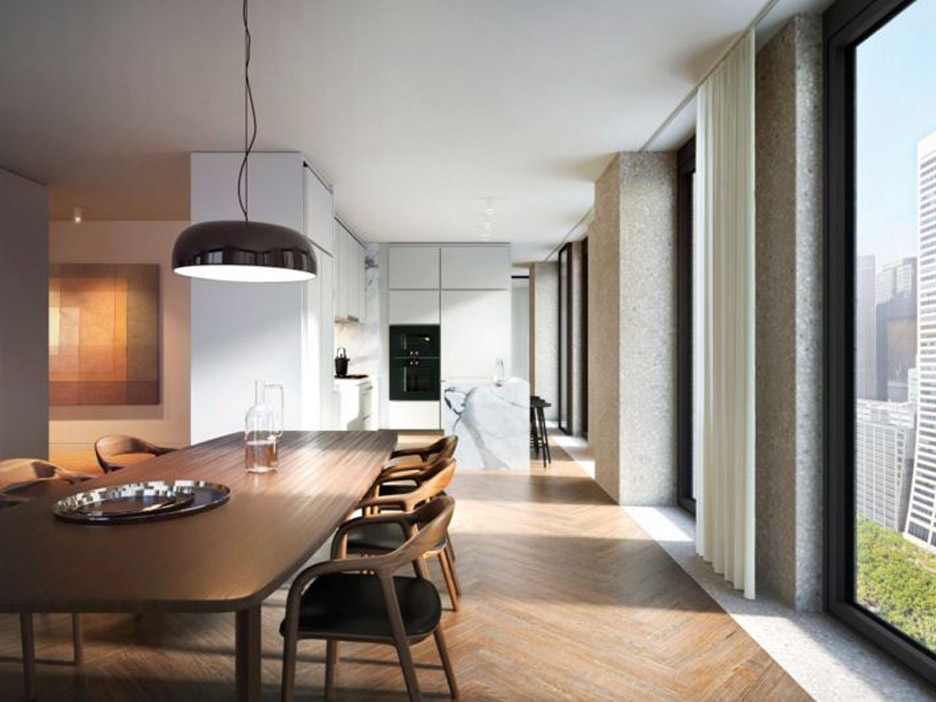
"In the first 10 years of my independent professional life, I had to work with small projects, very closely with individual clients," he said, noting that the time frame between thinking and building can be rather short.
"You see results very quickly," he said. "I've carried that attitude, I suppose, to even to bigger projects."
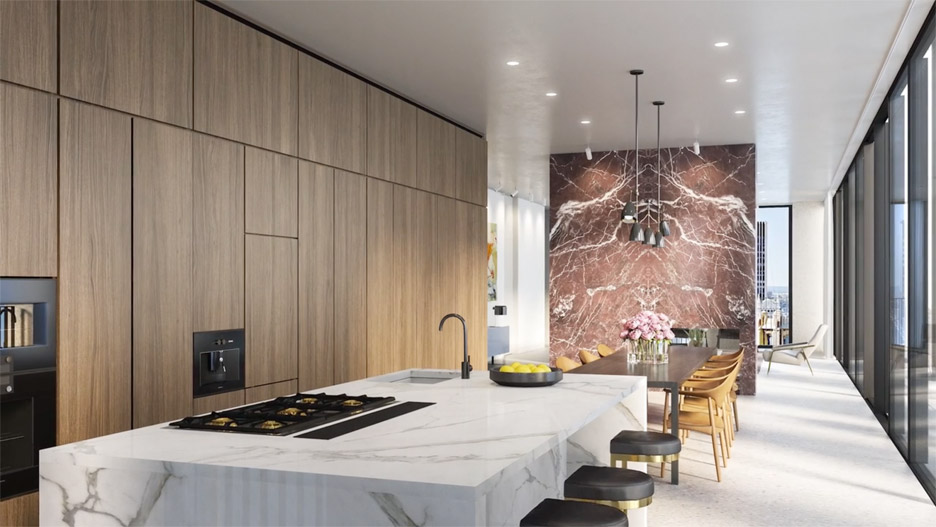
Slated to be complete in 2016, The Bryant is one of several projects by Chipperfield in New York.
He recently oversaw the renovation of the Takashimaya Building and designed the Manhattan flagship store for the fashion house Valentino, which is located inside the building.
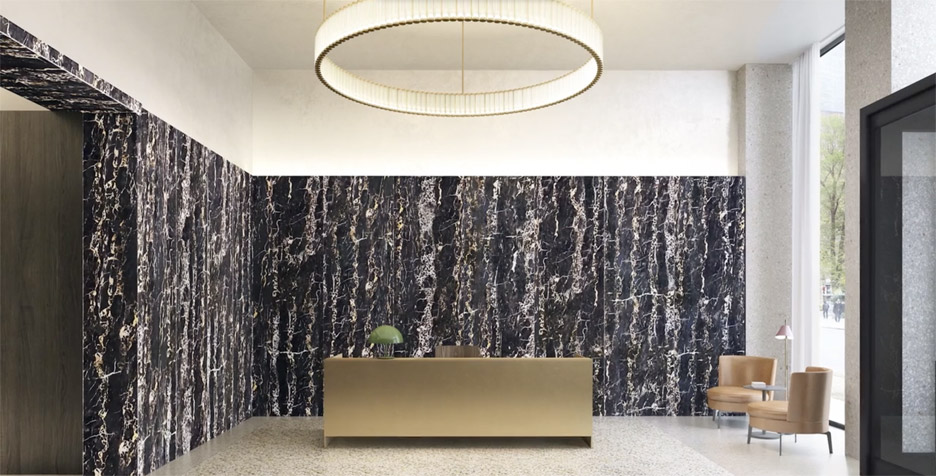
He also designed the Bryant Park Hotel in 2001, which entailed the conversion of the 1924 American Radiator Building.
Last year, he was commissioned to design a new wing for The Metropolitan Museum of Art in New York that will house contemporary and modern art.
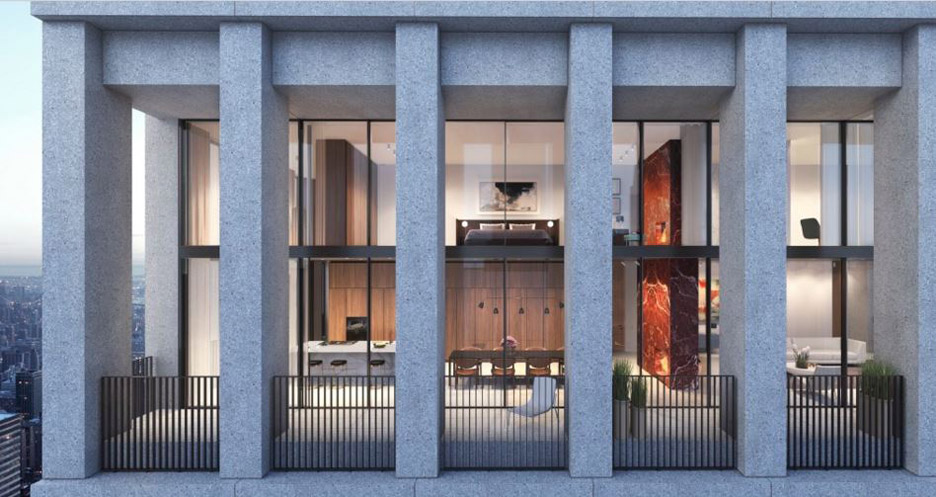
Chipperfield described the city's architectural landscape as eclectic and full of contrasts.
"New York gets its energy from its diversity that manages to happen in a rather rigid grid system," he said. "You can have a small building next to a tall building, you can have a black building next to a white building. This freedom is something very special in New York."
The Bryant is one of a number of new towers in Manhattan designed by famous architects, including Renzo Piano, Norman Foster and Alvaro Siza. The rash of residential skyscrapers has led to protests and concerns about growing inequality in the city.